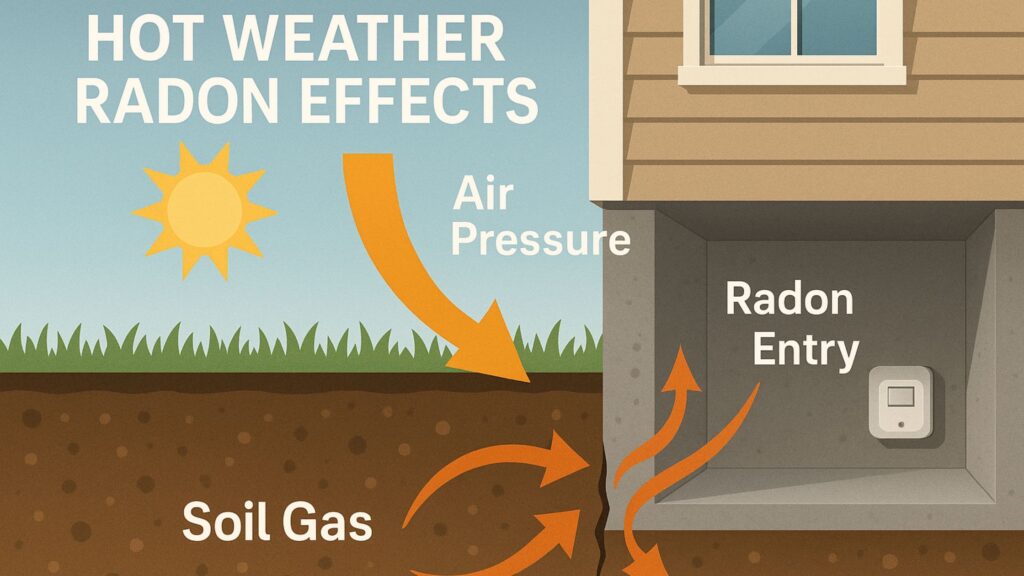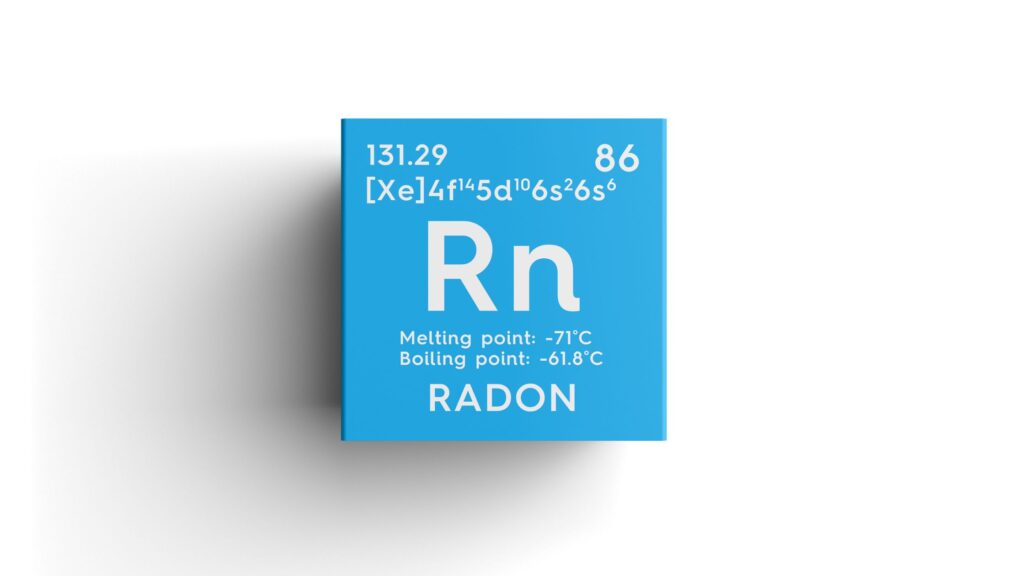Radium is often surrounded by misconceptions, especially when it comes to its physical properties. One of the most common questions is: “Is radium a gas?” This article will clarify the nature of radium, its state under normal conditions, and the health risks it poses.
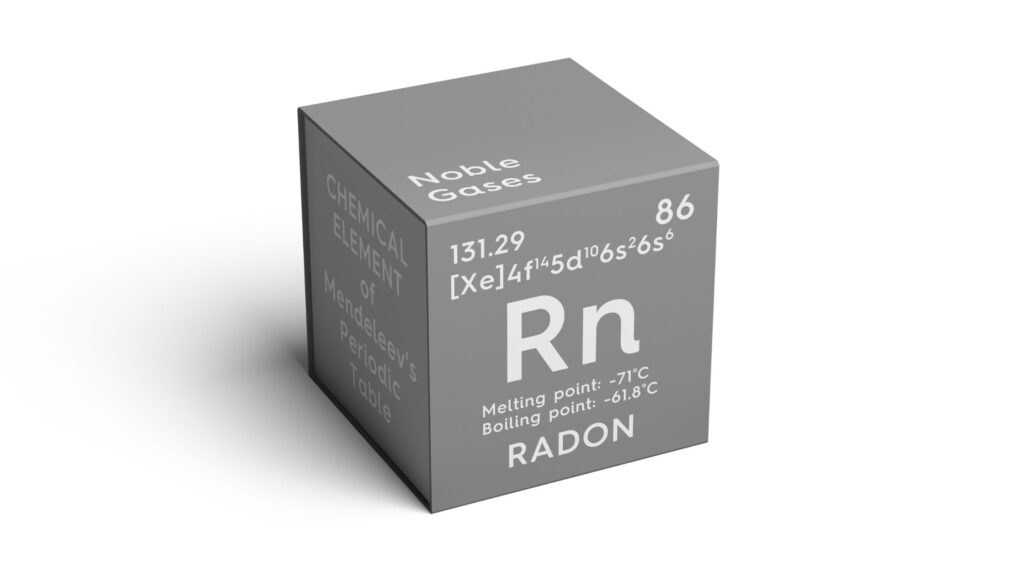
What Is Radium?
Radium is a naturally occurring radioactive element that was discovered by Marie and Pierre Curie in 1898. It is a part of the alkaline earth metals group on the periodic table and is usually known for its highly radioactive properties. Initially, radium was used in a variety of medical treatments and consumer products, but its dangerous effects soon became apparent.
Discovery and Historical Context
The discovery of radium marked a significant milestone in the field of radioactivity. Marie and Pierre Curie’s work in isolating radium laid the groundwork for modern nuclear physics and chemistry. At the time, radium was considered a miracle substance due to its glowing properties.
Uses of Radium in the Past
Radium was once used in a wide array of consumer products, including luminous paints for watch dials, instrument panels, and clocks. It was also employed in medical treatments for cancer and other ailments due to its radiological properties.
Is Radium a Gas?
No, radium is not a gas. Radium is a solid at room temperature. As a metal, it remains solid under normal environmental conditions. It emits radiation in the form of alpha particles, beta particles, and gamma rays, but this does not mean that it is a gas.
A. Properties of Radium
Radium is a soft, silvery-white metal that has highly radioactive properties. It emits radiation as it decays, and over time, this radiation can be harmful if proper precautions aren’t taken. However, radium’s state does not change under normal conditions, meaning it stays solid.
B. Radon: A Byproduct of Radium Decay
While radium itself is a solid, it decays into other elements, one of which is radon gas. This radioactive gas poses a significant health risk, particularly when it accumulates in poorly ventilated indoor spaces. Radon is colorless, odorless, and tasteless, making it difficult to detect without proper testing.
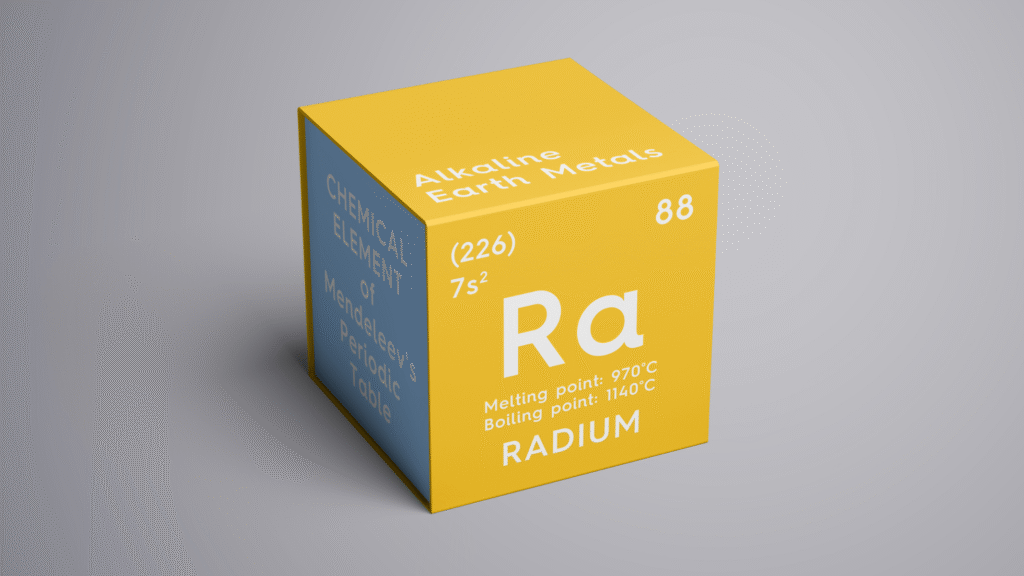
The State of Radium Under Normal Conditions
At room temperature and pressure, radium is a solid. It is part of the alkaline earth metals, which are typically hard metals at standard temperatures.
- Physical Properties of Radium
Radium is a soft, silvery-white metal that loses its luster over time due to its radioactive decay. It is highly unstable and radioactive, which makes it different from other elements in the alkaline earth metal group.
- Radium’s Radioactive Decay
Radium undergoes radioactive decay, and as it decays, it produces energy in the form of radiation. This decay leads to the formation of radon gas, which is dangerous when inhaled. The decay process continues until radium transforms into stable elements like lead, which can take thousands of years.
Health Risks Associated with Radium
Exposure to radium, especially in large amounts, can pose serious health risks. The radiation emitted by radium can damage tissues and lead to diseases such as cancer. Radium exposure primarily affects the bones, as it accumulates in bone tissue. It can also lead to anemia, bone fractures, and other severe health issues.
1) Bone Cancer and Anemia
Radium is absorbed by the bones when ingested or inhaled. As a result, it can cause severe damage to bone marrow, leading to anemia and other blood-related disorders. The radiation emitted by radium can also increase the risk of bone cancer over time.
2) Radon Gas and Lung Cancer
Radon gas, a byproduct of radium’s decay, is one of the leading causes of lung cancer. Long-term exposure to radon gas, especially in poorly ventilated spaces, can increase the likelihood of developing lung cancer, making radon mitigation crucial in affected areas.
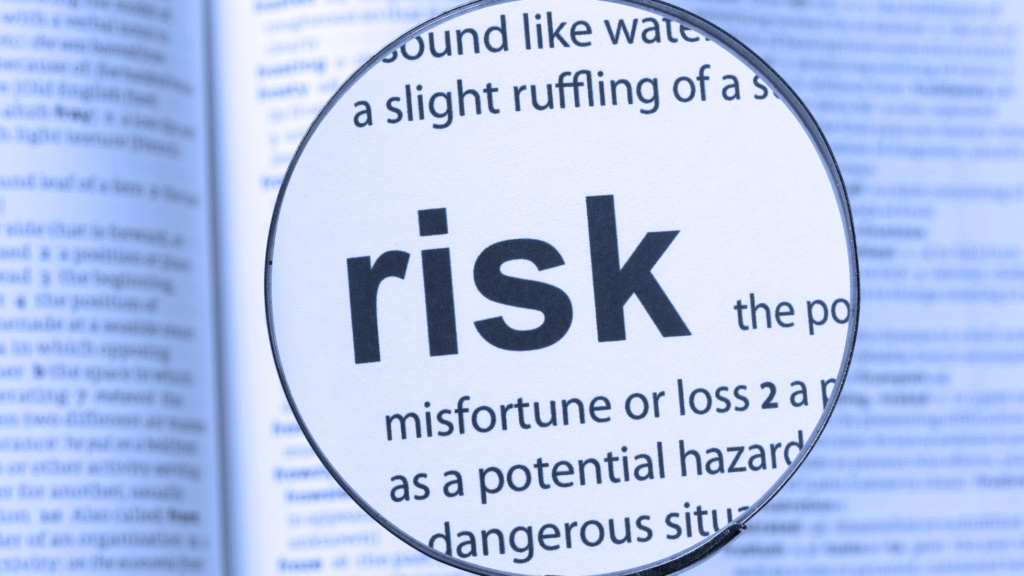
Conclusion
To answer the question, “Is radium a gas?” The simple answer is no. Radium is a solid metal that emits radiation as it decays. However, one of the byproducts of its decay is radon gas, which can be dangerous to human health. If you suspect that your home may have high radon levels, it is important to consult with professionals to test and mitigate radon exposure. For further assistance with radon testing and mitigation, visit DSM Radon.
FAQs
1. What is radium used for?
Radium was historically used in luminous paints, medical treatments, and even in some consumer products. However, due to its radioactive properties, its use has been largely discontinued in favor of safer alternatives.
2. How dangerous is radium?
Radium is highly dangerous due to its radioactive decay, which can cause severe health problems, including cancer. Exposure to radium and its byproduct, radon gas, is linked to lung cancer and other diseases.
3. How does radon affect health?
Radon is a radioactive gas that can cause lung cancer when inhaled over long periods. It is the second-leading cause of lung cancer after smoking, especially in homes with poor ventilation.
4. Can radium be found in everyday environments?
Radium is typically found in trace amounts in the environment, especially in areas with uranium deposits. It is not commonly found in everyday products but can be present in certain geological areas or buildings with radon contamination.


